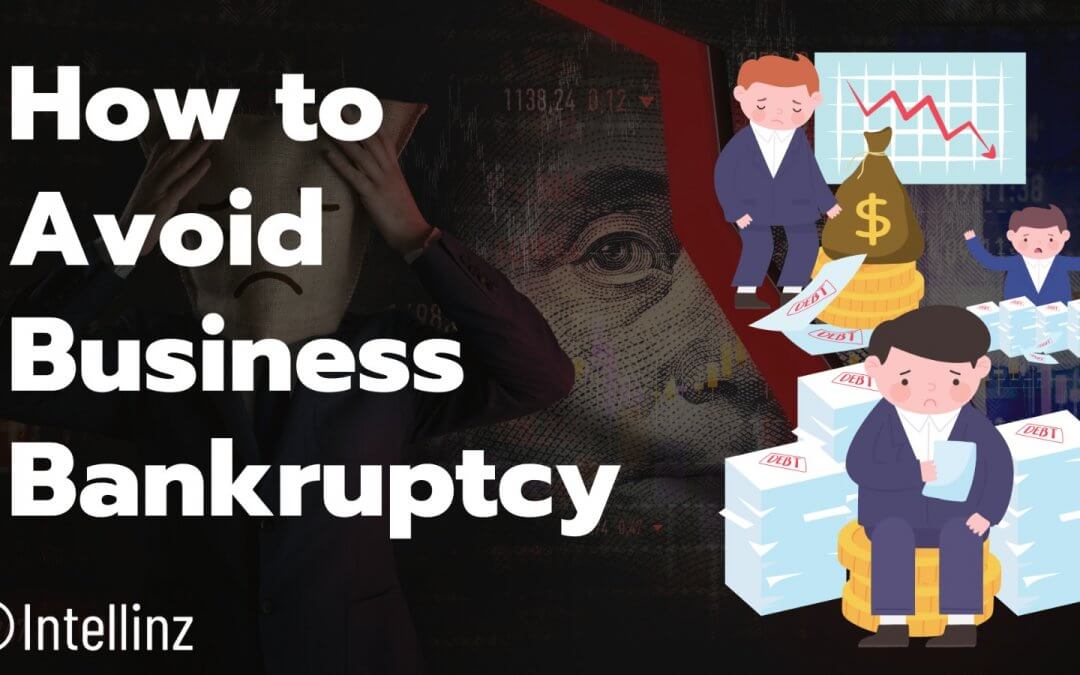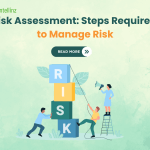Are your finances teetering on the edge? Do you owe your creditors far more than you can possibly repay? With a drop in sales and negative cash flows, you might be wondering if it’s time to declare bankruptcy. Don’t throw in the towel just yet; we have a few tips below to help.
At times, liquidation will not be voluntary. In the case of compulsory liquidation, creditors have issued a winding-up petition which can be triggered by any unpaid debt over £750. Voluntary or compulsory, liquidation means that any remaining proceeds are distributed to creditors and remaining debts beyond this point are written off.
How to minimise bankruptcy cost
Personal bankruptcies are options for sole traders or members of a partnership who owe a minimum of £5,000 to creditors. Like liquidation, this means your debts will be written off; however, you might lose personal assets like your car, house, or even business premises. Because bankruptcy doesn’t offer any protection over these personal assets, you’re best avoiding it unless there are no other options. On top of monetary bankruptcy cost, your personal credit score and business ratings will both take a hit which makes it harder to obtain financing for a new company.
6 tips to avoid filing bankruptcy
Whether your business is facing liquidation or bankruptcy, you’re probably keen to prevent this from happening. Here are a few tips to face a financial crisis head-on, so that you can rescue your sinking ship.
- Make debt repayments a priority.
Unpaid debt is what causes bankruptcies, so making repayments should be the first order of business. Take stock of all your accounts, taking a hard look at how much you owe and to whom. From here, you can prioritise the most important bills and pay these off first. It’s usually better to pay high-interest accounts first, since these will cost you more money over time. Unpaid tax bills should also come first since you don’t want to get on the wrong side of HMRC.
- Eliminate all non-essential expenses.
The next step is to take an equally in-depth look at your business expenses. Are there any areas you can cut corners? Maybe you’re paying for employee lunches or planning high profile events. Could company cars be replaced with cheaper public transport? Do your executives need gym memberships? It’s not fun to cut costs, but anything that’s not essential should be slashed from your budget until you have repaid your debts.
- Renegotiate repayment plans.
Creditors might be more willing to work with you than you expect. Pick up the phone and speak to your suppliers to find out if you can renegotiate payment terms. It doesn’t hurt to be both transparent, because most lenders would rather receive lower monthly payments than have you default on the loan entirely due to bankruptcy.
- Sell non-essential business assets.
As with non-essential expenses, it’s time to take stock of all your business assets. Are there any that you rarely or never use anymore? For example, you might have a copy machine that gets little use since you scan all your documents. Maybe you have an oversized car park, and some spaces could be hired out for money. Look at areas where you can downsize and potentially drum up additional revenue for paying bills.
- Maximise your revenue streams.
Along these same lines, you should be seeking ways to maximise your income. For individuals, this might mean taking a second job. For the company as a whole, it might mean looking at ways you can stretch your brand’s clout to earn passive income. Could you leverage your reputation to use a company blog for affiliate marketing? Could you work out some lucrative sponsorship deals? Perhaps you could write e-books to sell online. Don’t be afraid to get creative.
- Create a new business plan.
Finally, use this time of change to switch up your business plan going forward. Your business plan should always be a working document rather than set in stone, and if you’re facing bankruptcy you know it’s worth an edit. Focus on new ways to streamline your company, setting it apart from competitors as you move forward. This probably requires a new sales and marketing strategy, rebranding, and fresh budget.
Preventing bankruptcy won’t happen overnight; it’s a long process that requires a total rethink of your relationship with money. Whether or not you succeed, it’s worth closely analysing what went wrong to make sure your next business stays afloat.






